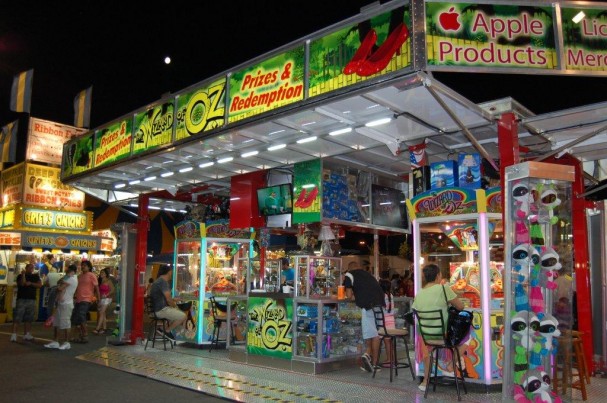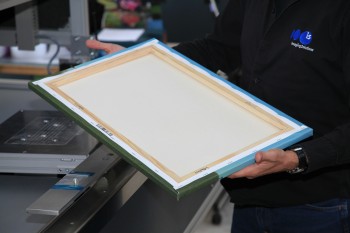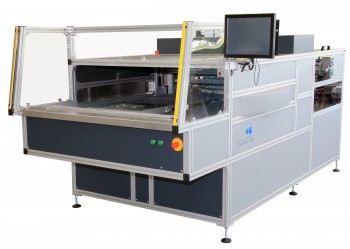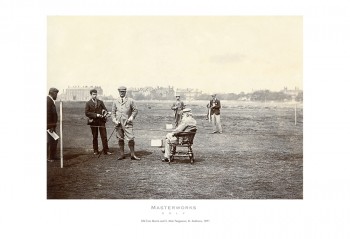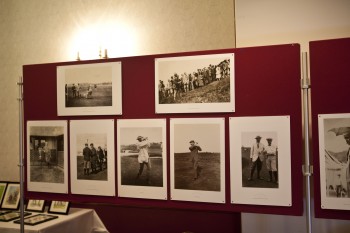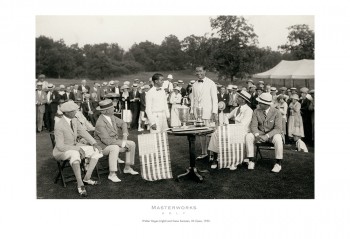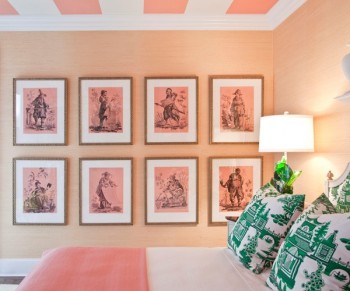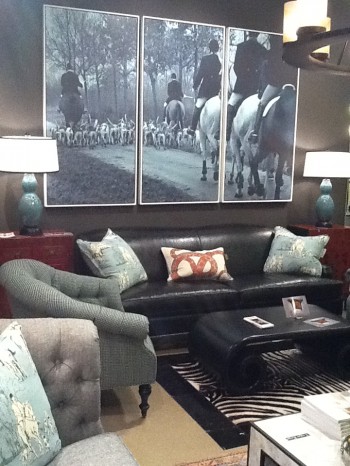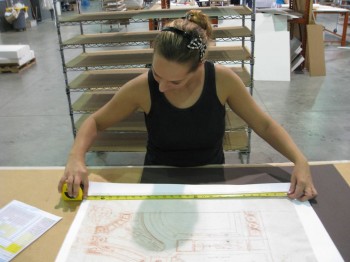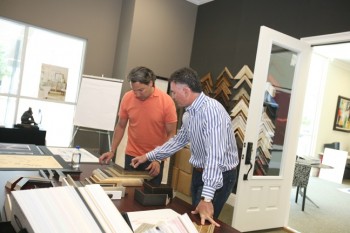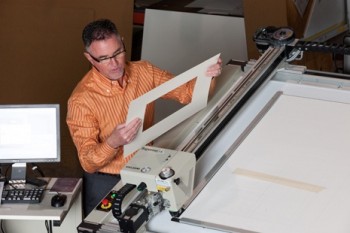Keith Bernard, owner of Now That’s a Wrap by Road Signs, is a vinyl application expert. Based in Sarasota, Fla., the company wraps anything and everything with precision and perfection.
When the company was recently asked to create a package of 48 backlit signs for two carnival game stations, Bernard decided to take a unique approach.
Instead of simply applying a translucent backlit inkjet material with a gloss laminate to the front of the approximately 24″ x 40″ Lexan panels that would line the top of the game structure, Bernard printed LexJet Simple Transparent Adhesive Vinyl in reverse, backed it with Simple Translucent Vinyl (6 Mil) and applied both to the Lexan with a laminator.
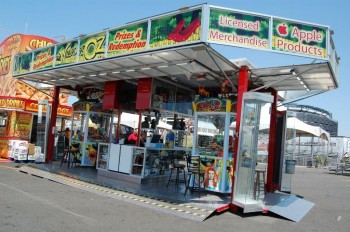 “Since they travel a lot from place to place and they wanted it protected by the Lexan itself so that if the Lexan gets scratched it doesn’t scratch the print. So we did a second-surface mount and mirrored the image so that you’re looking through the Lexan at the graphic,” explains Bernard. “We could have printed to a translucent material and applied a gloss laminate and no one would know the difference, but with the second surface mount to the Lexan it really looks a lot better and it’s more durable for all the traveling it will do.”
“Since they travel a lot from place to place and they wanted it protected by the Lexan itself so that if the Lexan gets scratched it doesn’t scratch the print. So we did a second-surface mount and mirrored the image so that you’re looking through the Lexan at the graphic,” explains Bernard. “We could have printed to a translucent material and applied a gloss laminate and no one would know the difference, but with the second surface mount to the Lexan it really looks a lot better and it’s more durable for all the traveling it will do.”
Once the carnival is ready to pull up stakes and move to the next venue, like a state fair, the entire game station folds up for easy transportation. Then, when it’s folded out again the Lexan graphics are already in place in their slots and backlit with LEDs recessed in the top of the game station.
“Those graphics really popped out there and the customer was very happy,” adds Bernard. And, thanks to the process Bernard chose to apply the graphics they can be handled rather roughly with no damage to the graphics.

